Part 1/2

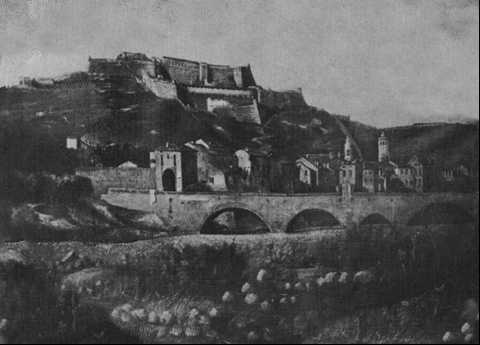
Forte
and Gavi
from the bridge of Borgonuovo, the tower
with a drawbridge
that gave
access to the city-walls and
the sentry box
at the center of the bridge.
(Print 1700)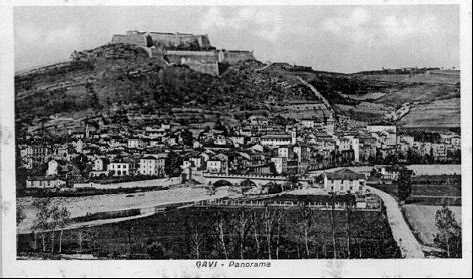
Gavi
and the Fort
photographed from the road
(at the bottom right)
that
goes up to the Sanctuary of
Nostra Signora della Guardia at
403 msl.
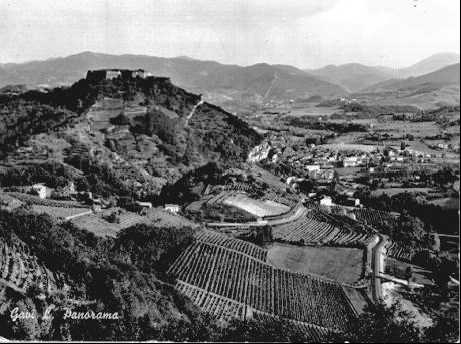
View of
Val Lemme;
The fort on Monte
Moro and
Gavi di Ponente at his feet,
on the horizon the Apennines
that separates from Genoa. The
beginning of the plateau of
Vallegge (bottom
right) which borders the
river Lemme.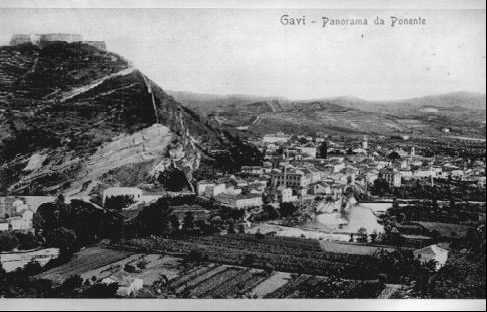
View from
west.
La Chiappa the
old quarry on the flank
of Mount Moro
under the Forte.
This stone
was used to build the houses of Gavi.
On the right the Lemme that flows
aside Gavi and
continues to
Basaluzzo.
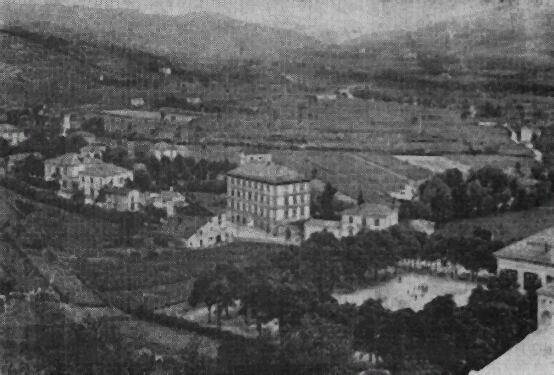
Piazza
Dante, the
"Piaggio" and
on the right the road to
Carrosio.
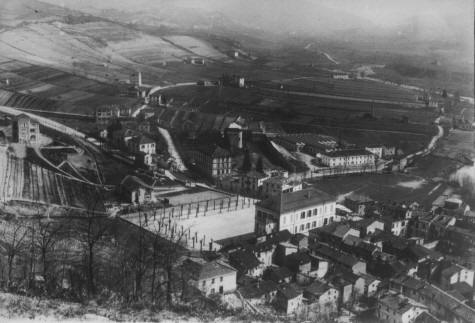
The
building of primary schools
Leopoldo Gaetano Romano in
Piazza Dante
and all around, what is now
the center and the new part
of Gavi.
Here it still looks like
uninhabited,
the
edge
of the city. On the right
you see the old Hosiery
"Morasso", it closed
in the 70s, this was a
pillar of the economy
and employment in Gavi.
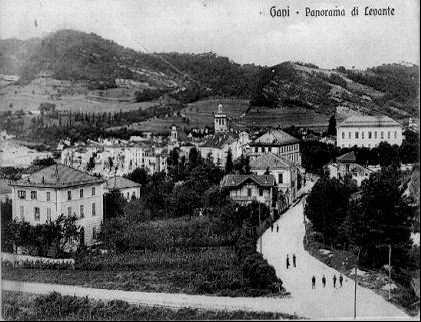
Overview
from east;
main entrance of
Gavi coming
from Arquata
and Serravalle
Srivia, the road
on
the left is
Via S. Eusebio.
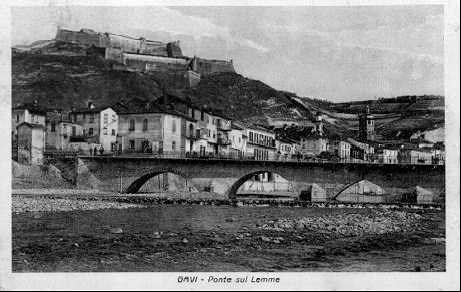
Bridge of
Borgonuovo. Built
entirely of stones, it has withstood
floods that have
submerged it.
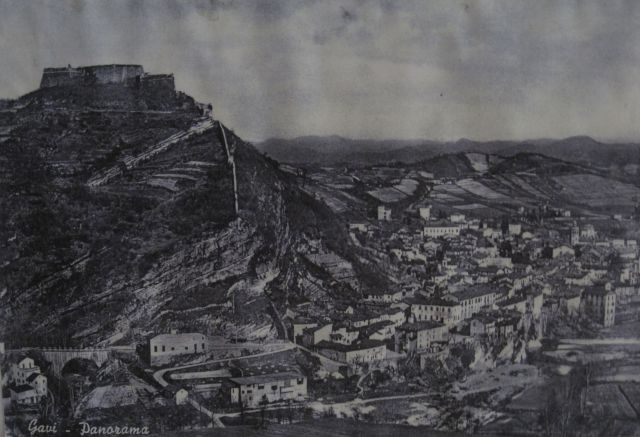
Gavi, panorama from southwest
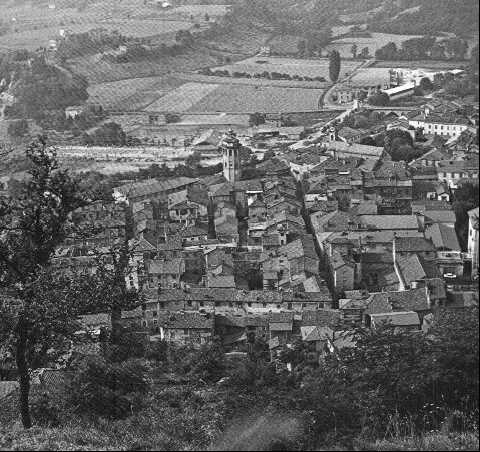
Gavi from
the Forte:
Today Gavi has about 4,500 inhabitants, but at the beginning of the
century exceeded 8,000 units.
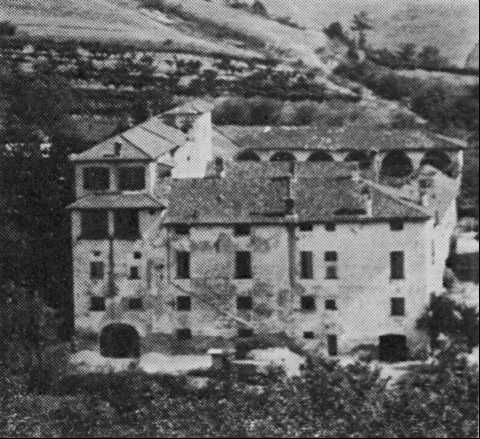
Vintage photo of Cheirasca
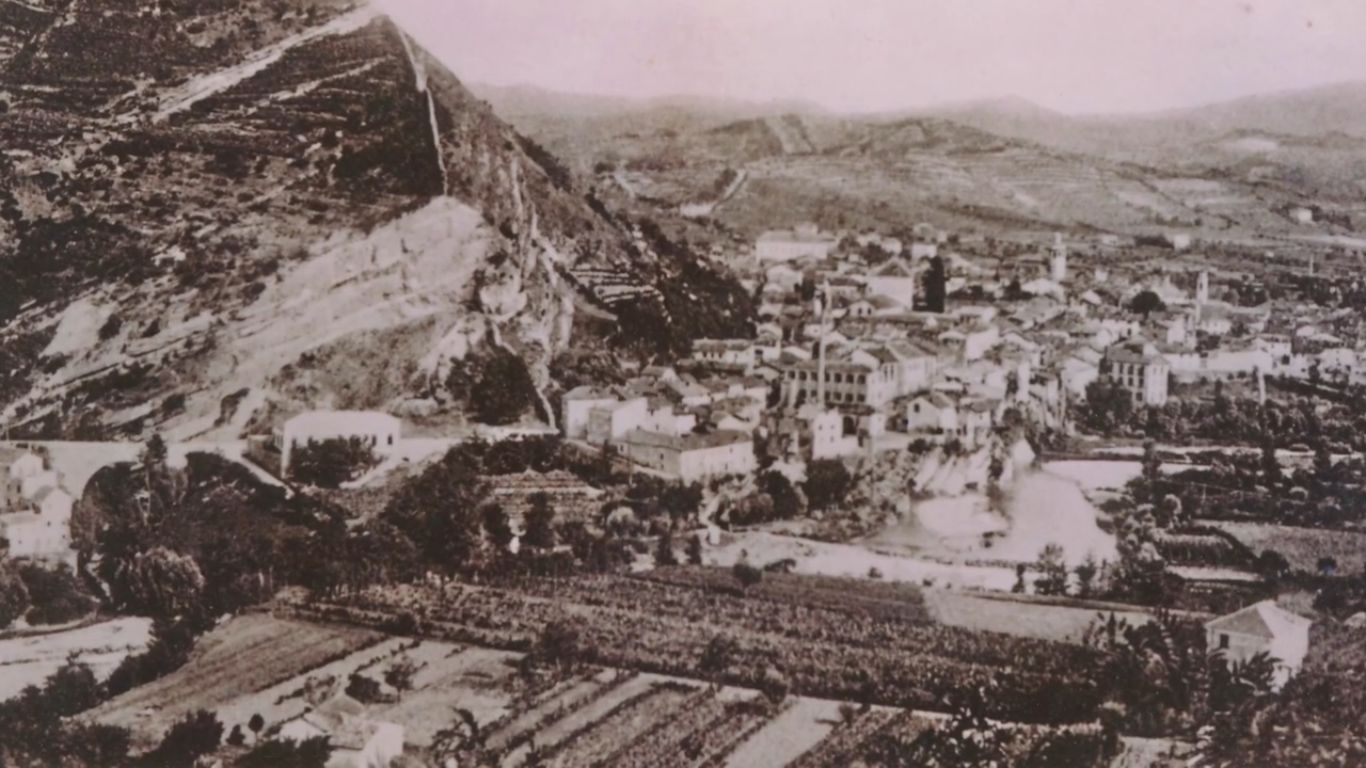
Gavi from South-West
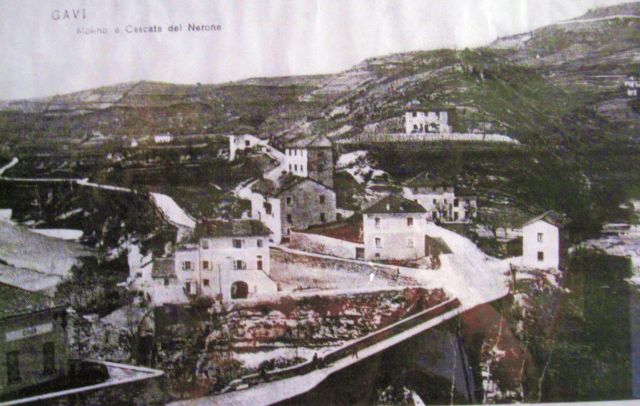
Gavi,
Località Baracchino 1905-1908.
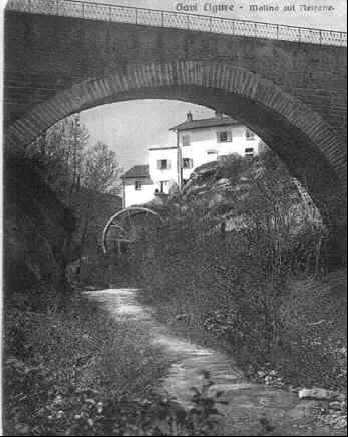
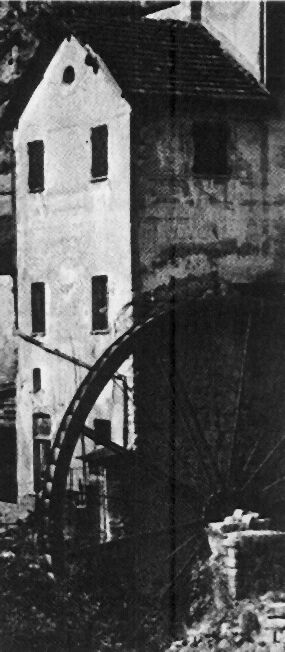
Old bridge
of Neirone
(named after the creek that
you see under the bridge), at
the west entrance of Gavi. The
only access within the walls
of the city from the west,
one of the
four
gates of Gavi,
called "Gateway La Chiappa".
From under the bridge, we see
the Old Molino (mill)
Neirone, the water channeled
upstream and falling
turns the great wheel which drives
the grindstone and
all the mechanisms for a perfect
grinding of the wheat;
kept in perfect condition
by the owners and
still working and
active.(
See the page with explanation and video)
|
2nd part and more photos 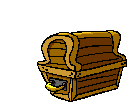
Gavi has been defined a small chest of art and history".
* * *
The town of Gavi is at the center of the valley of Lemme or Vallemme,
geographically, historically and commercially.
The Valley of the Lemme (see website), so named after the river that flows
through it, born from a nozzle, by the pass of Bocchetta in the
Apennines between Liguria and Piedmont.
This valley has always been over thousands of years one of the most important
transit routes for both military and merchant from the sea of Genoa
and the continental lands.
Lemme is thirty kilometers long and ends in the Orba river in the Po
Valley.
The valley is narrow and purely from the Apennine Bocchetta until Fracconalto
through Voltaggio until Carrosio, at Gavi appears enlarged and panoramic
and narrows up immediately to close just outside the town.
To Francavilla one another, the small plain of Vallegge, the plateau of
Rovereto and the Plain of Bisio on the right side of the Lemme, while on
the left, the little Mignona plain and the plateau of St. Christoforo.
In Francavilla buttresses die and hills fade towards the plain of
Alessandria.
* * *
Mentioned in documents from before the year 1000 Gavi belonged to the
Committee of Tortona, then took possession the Marquisate of Gavi, which
in 1162 was placed under the protection of Alexandria and in 1202 ceded
its rights to Genoa.
In 1349 goes to the Visconti of Genoa and remained until the end of the
fifteenth century. When it became a fief of the family Guasco.
In 1528 he returned to Genoa with which followed the fortunes until the
transition to the Savoy.
* * *
Since 1860 is part of the province of Alessandria, today has about 4,500
inhabitants, but still at the beginning of the century exceeded 8,000
units; this justifies the title of city that always has and deserves.
In the Sixties with the economic boom became popular thanks
the emerge of peripheral tourism.
The valley of Lemme, but especially Gavi with its confluence of several
neuralgic roads has returned to be traveled, visited and savored,
recovering its role as road center between Genoa and the
north, that already in the past had helped to give it a reputation:
economic and artistic.
Palazzo Pinelli-Serra
In the heart of the historic center of Gavi stands the Palazzo that Pinelli,
noble Genoese ghibellines, still present in the castle of Tagliolo,
built at the beginning of 600.
And likely it was ordered by Agostino Pinelli, Doge of Genoa from 1605
to 1611. Of sober beauty is decreasing in three floors, with the steeply
sloping roof and a time, as glimpsed, was classically painted.
It has a remarkable hall, flowing into the already vast and beautiful
garden by a loggia with three frames holding the ballroom on the main
floor with three windows on the street and three on the inside that open
into a balcony in shelves, with beautiful
railing, perhaps added later .
In 1813 it was bought by Serra, Genoese Marquis with vast
properties' land in Gavi.
In the last war it was used as a grammar school by the Sisters Pietrine.
It was sold in 1948 to the family Milanesi, while the smaller palace,
artistically similar, on the opposite side of Via Mameli, went to
the family Allara.
The Cheirasca
Built in 6OO by the noble family of Novi the Ricchini, it is a large building
that surrounds two inner courtyards the one place in the western
part served as patron and the other the country.
On the left by the main gate opens the church dedicated to Our Madonna
of Health, where the interior in the top opens a grate delimiting the
place of the nobles which could enter directly from the main floor.
The same characteristic is present in the Chapel of Toledana.
Interesting the outer staircase leading from the courtyard to the first
floor.
Well-preserved frescoes of the two sundials (southward to the outside
and to the east in the yard) and the coat of arms.
A part of the building, which includes a hundred rooms, was served for the
summer holidays of students Benedictine and are still visible bedrooms
numbered.
In 1872 the farm was passed to the family Romanengo of Genoa which gave
it way for £.
200,000 to Agent exchange Folz. In 1924 after a brief membership by Ottonello
went to Carmi in 1935.
Recently, part of the building that separates the two courtyards and already
used as a spinning mill has been beautifully and rational, renovated.
Etymology of Cheirasca, which is also the name of the little valley where the
buildig is, you can think of radical cher and ascus to "grazing on
stream", although military maps of the '800 appeared in the form of
dialect • Cajasca.
This entry was posted in "Yesterday and today, the Gavi", unique number
by the Pro Loco of Gavi of May 1975
***
In 1988 the building was sold by Carmi, renovated and transformed into a hotel
restaurant Conference Centre, while maintaining the beauty and the
original architectural features.
2nd part and more photos
2nd part and more photos
|